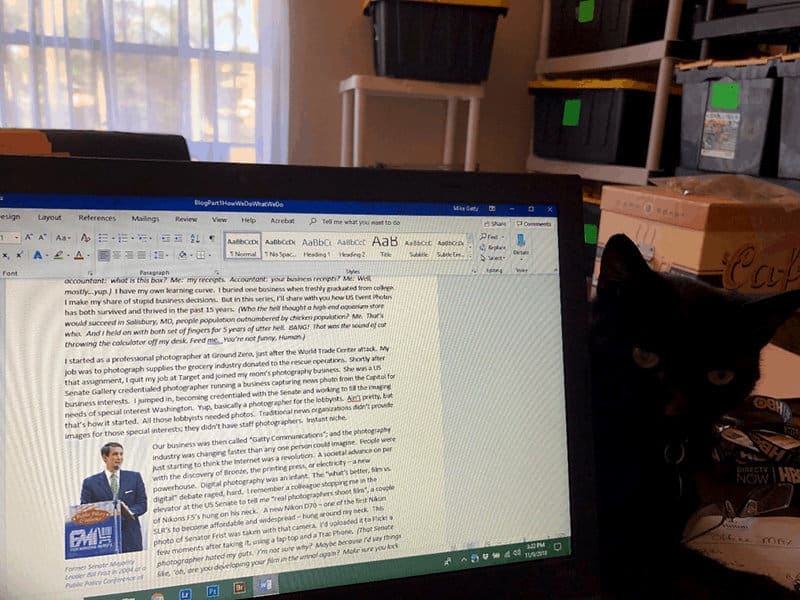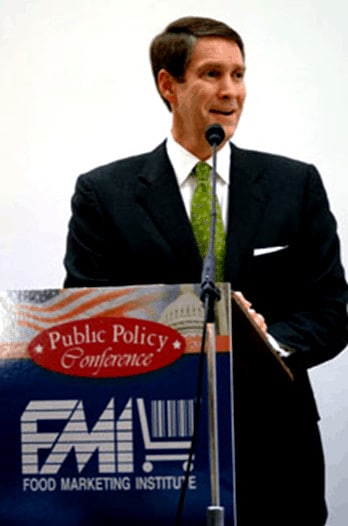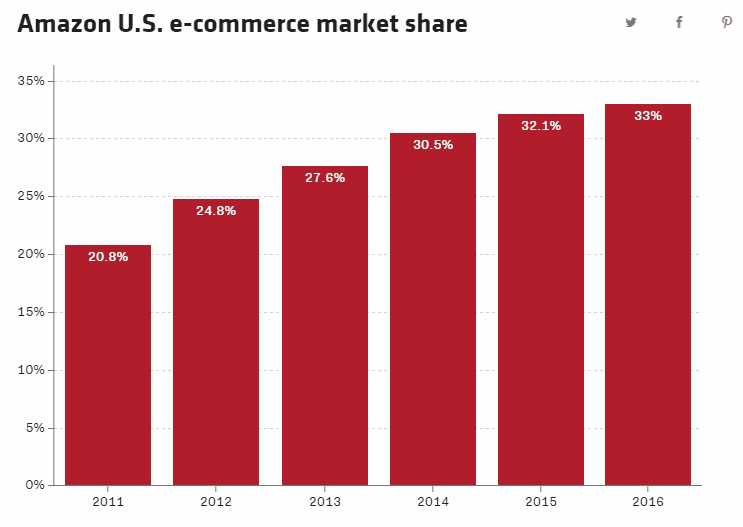
Blog Series: How We Do What We Do | How business has changed – and how it hasn’t
I write this blog as I sit in my office – AKA Prop Room– my cat throwing pens off my desk demanding to be fed. It’s not one of my funnier blogs. I’ll have to work on that. Even by my eyes, it’s dry and boring. I’ll have to work on that, too. And I come off as a know it all. Hmmm…. But what I say here I believe. So, suck it up and read. Not just skim. Read. Then go shop at Sears. You’ll understand later.
Part 1: How business has changed – and how it hasn’t. (Or, for one thing, we don’t need to develop film in the men’s urinal.)
The more things change, the more they stay the same. I decided to write this next series of blog posts on what we do and how we do it. Over the years, this blog has focused on the business of photography. Not photography itself. I leave it to others to give you pointers on taking great photos. (God knows photographers are happy to dispense advice! Unwanted advice, most of the time. Irritating advice. Glad I’m not like that. By the way, you know the rule of thirds, right?) Artists aren’t often business people, and photographers are artists. So, most photographers aren’t great business people. (My accountant: what is this box? Me: my receipts. Accountant: your business receipts? Me: Well, mostly…yup.) I have my own learning curve. I buried one business when freshly graduated from college. I make my share of stupid business decisions. But in this series, I’ll share with you how US Event Photos has both survived and thrived in the past 15 years. (Who the hell thought a high-end aquarium store would succeed in Salisbury, MD, people population outnumbered by chicken population? Me. That’s who. And I held on with both set of fingers for 5 years of utter hell. BANG! That was the sound of cat throwing the calculator off my desk. Feed me. You’re not funny, Human.)

I started as a professional photographer at Ground Zero, just after the World Trade Center attack. My job was to photograph supplies the grocery industry donated to the rescue operations. Shortly after that assignment, I quit my job at Target and joined my mom’s photography business. She was a US Senate Gallery credentialed photographer running a business capturing news photo from the Capitol for business interests. I jumped in, becoming credentialed with the Senate and working to fill the imaging needs of special interest Washington. Yup, basically a photographer for the lobbyists. Ain’t pretty, but that’s how it started. All those lobbyists needed photos. Traditional news organizations didn’t provide images for those special interests; they didn’t have staff photographers. Instant niche.
Our business was then called “Gatty Communications”; and the photography industry was changing faster than any one person could imagine. People were just starting to think the Internet was a revolution. A societal advance on par with the discovery of Bronze, the printing press, or electricity – a new powerhouse. Digital photography was an infant. The “what’s better, film vs. digital” debate raged, hard. I remember a colleague stopping me in the elevator at the US Senate to tell me “real photographers shoot film”, a couple of Nikons F5’s hung on his neck. A new Nikon D70 – one of the first Nikon SLR’s to become affordable and widespread – hung around my neck. This photo of Senator Frist was taken with that camera. I’d uploaded it to Flickr a few moments after taking it, using a lap top and a Trac Phone. (That Senate photographer hated my guts. I’m not sure why? Maybe because I’d say things like, ‘oh, are you developing your film in the urinal again? Make sure you lock the door this time!’ It is a mystery why he hated me. I’ll have to work on that.)
This puts things in perspective. See 2002? That is when the number of business web sites was measured in the millions. That little bar represents 587 million web sites reaching about 9.4% of the world population. That’s huge, but not compared to what was about to explode: a world where 4.156 BILLION web sites reach 54% of the world population.
My job, when I joined my mom’s photography business, was to bring Gatty Communications onto the Internet, to convert the business from a local film-based photography studio to a national digital imaging company.
In the past 15 years, everything has changed. The Internet isn’t seen as the “new industrial revolution”, but as an everyday essential tool literally connected to our hip. You can only buy film as a nostalgic medium – kind of like oil paint – something that appeals to the artist but not the journalist. The new frontier is Amazon and how that world will affect business. And Google. And Podcasts. And Netflix. And Instagram. And Uber.
Don’t misunderstand – Facebook and the established social media platforms are here to stay. And they are still disrupters – just look at the 2016 election if you need proof. However, they have been pushed to the side. They are accepted and every day, our new normal, but they aren’t revolutionary to business. (MEOW! FEED ME NOW! No, you have 20 minutes Kat.) Facebook didn’t change business like Amazon or Uber changed business. Amazon threatens centuries old players. Sears, once the bastion of retail is now in bankruptcy.

Netflix killed Blockbuster years ago but continues to disrupt – now traditional cable television is losing subscribers at a record rate because on demand deletes the need for traditional broadcast TV – or does it? Don’t ask a taxi driver their thoughts on Uber unless you want an unintelligible rant. (I do mean rant. One driver yelled from Regan Airport to the Washington, DC Convention Center without taking a breath. Something about the unlicensed drivers, Allah, Jesus, intifada and Meth. I’m not exactly sure what he was saying and in what order. Is Meth crank? Maybe he said, ‘tank’. Whatever. My ADHD kicked in at the belt way and I stopped listening.)
Computers. A decade ago, laptops were eyed as the replacement for desktops. Now, who owns a desktop? RAM was measured in megabytes. Processors, operating systems – everything – was just beginning to ramp up and slim down.
Recently, I was in Las Vegas for an experiential photo marketing event with Enterprise Holdings (read: Enterprise / National car rental) and realized I forgot the power cord to my back up lap top – the machine I use to run our live slide show. Melanie, our Las Vegas Manager, was helping with the shoot – so I asked her to bring one of her old computers to run the slideshow.
That five-year-old laptop was unusable. It still ran Windows 7. The slide show software – which is basic — just wouldn’t run on the machine. A simple application, something I’ve done for ten years without issue, collapsed this five-year-old laptop (And ruined my lunch break. Uber Eats doesn’t deliver inside Caesar’s Palace. YET.) In the end, I retreated to my back up machine and turned off some processes, so the battery wouldn’t conk out. It smoothly finished the event.
So that’s what’s changed. Everything. Everything, that is, except client needs. Take that slide show. I’ve been doing a live slide show for at least ten years. The client need for that display hasn’t budged. What’s changed is how we produce it – and the quality of the images that we can stream with today’s technology. Think of 4G cell service. Have you tried to run a current, updated application – like CNN – on a cell phone hooked to 3G service? News flash: it won’t load. It used to. Now it doesn’t. 3G, like Melanie’s five-year-old laptop, is worthless.
The client’s need to harvest participant data at events is the same as it was ten years ago. Ditto their desire for something engaging at an event; an experience that drives interest.
A requirement for great imaging will always remain. The client doesn’t know – or care – how you achieve that imaging, only that you provide it. Live access and distribution of those photos will always be a client demand. That’s what the photographer at the Senate, years ago, didn’t understand: his $3,000 F5’s couldn’t upload photos to a web site a few minutes after capture. My entry level D70 could. My client had their news photos hours (days?) before his client. My client was happy. His client? Wondering what was taking so long. (And why the prints smelled like a urinal cake. It’s a mystery!)
Identifying core client needs and then working to make sure you can fulfill those demands will drive your business and keep you growing like Amazon. Isn’t that what they do? Look at the model:

Client need: Every book ever printed.
Solution: Amazon.
Client need: Books available instantly on e-reader.
Solution: Amazon Kindle.
Client need: Access to products, ideally with fast and/ or free shipping.
Solution: Amazon Prime.
Client need: something to watch on TV.
Solution: Amazon Prime Video.
Client need: knowing what you’re buying on line, and what to expect.
Solution: Amazon reviews.
Why is Sears failing? Think how Sears has addressed those same client needs. Or rather, how they haven’t. They’ve just doubled down on traditional retail models. This chart shows the results. Their solution was to buy K-mart, another big box store. Oops.
Global Revenue of Sears Holdings from 2005 to 2017

Everything has changed in the past 15 years. One thing that hasn’t changed is what a client wants. Sears recognized this when they revolutionized retail with their catalog selling everything from log cabins to wedding gowns. Then they promptly forgot the lesson. How you address and fulfill those consistent client needs will determine if you are Sears or Amazon.
As a business professional who happens to be a photographer, you need to decide, right now: What are your client’s core needs and how will you address them? If you do it right, only the equipment you use will evolve: the Wish Book becomes the web site, the web site a mobile application, the mobile application should have been what Amazon is now.
“Sears added a color section in 1897, advertising shoes in black, red and brown. New products included cloth bound books as cheap alternatives to hardbound books, and the Edison Graphophone Talking Machine. Incorporating a new trend, Sears added a “club order program” encouraging customers to combine their orders with friends or neighbors to share in discounts. A Builders Hardware and Material Section appeared; selling everything a customer needed to construct a building. Noting that all men are not equal in size and shape, Sears targeted the extra stout and extra-large customer with men’s laundered shirts specifically made for them.”
What won’t change in your business, or any businesses, is the constant questioning of “What are client needs and how do we fulfill them?” Amazon, Netflix, Uber all retain their definition of what they are: Amazon, a retail platform. Netflix, an entertainment business. Uber: transportation.
US Event Photos grew from Gatty Communication by having ears. We remain a photography and imaging company. But today’s needs are for experiential photo marketing, high-end green screen photo booths, and high-profile red-carpet event photography. Because iPhones and referral sites have fulfilled the photo needs of the low-end market, clients don’t crave low end services. They can hire someone off Thumbtack for $80 A DAY. They can capture imaging for Instagram on their iPhone. Most are happy with the results from both sources. Therefore, they don’t want and won’t pay US Event Photos. If I am behaving like Sears, I’d try to change or join that dynamic. I go on Thumbtack and reduce my rates. If I am modeling Amazon, I identify what needs those same company have that aren’t fulfilled by the rest of the industry and model my business to fit.
That’s how US Event Photos evolved from a local news photo journalism firm to a national event photography company. That, and using that Nikon D70 until the shutter button fell off.
(Freaking Nikon. Cameras used to last forever. 10 or 20 thousand shutter clicks, BANG! It stops functioning. Or, God forbid you drop your camera in the toilet. Or spill your Jack and Coke on it. Buh Bye camera. Sometimes I long for film. No, not really. I hated the darkroom. I still wake up screaming: DEVELOPER THEN FIX! DEVELOPER THEN FIX! NOT THE OTHER WAY AROUND! NOOOOOOO!)
And you thought I was joking. Human, get me my food. Now. You don’t need these glasses, do you?

By the way, this is my office AKA prop room. The entire 12’ x 8’ wall is stacked floor to ceiling with bins containing the props we use on our photo shoots. That tidbit is next in our series.
